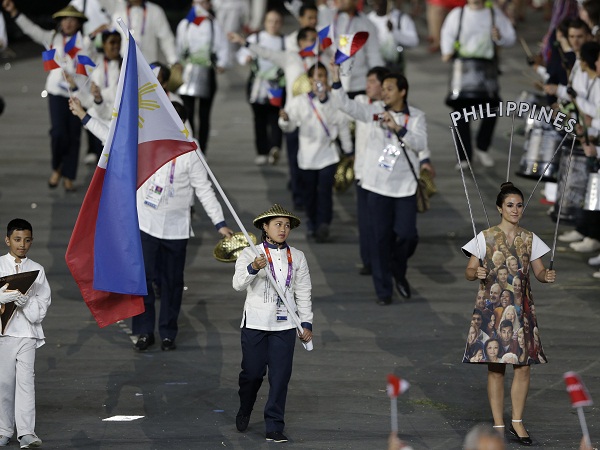Party’s over for PH Olympians
LONDON—The party may be over for the hapless Philippine delegation but the action continues for most everyone else in the 30th Olympic Games.
On the day Daniel Caluag bombed out of the BMX cycling quarterfinals to end the Philippine campaign in London, the Olympic Stadium at the other end of the Olympic Park was the scene of dramatic and memorable performances in athletics.
Article continues after this advertisementAmong them was the stunning world record performance of Kenya’s David Rudisha in the men’s 800 meters. Rudisha set a searing pace at the start and broke his own world record, clocking one minute and 40.91 seconds in routing the field.
There was the come-from-behind run of South Africa’s Caster Semenya, once banned from the competition after doubts were raised concerning her gender, in the women’s 800-meter semifinals, where she led all qualifiers.
And of course, how can anyone forget Jamaica’s lightning, Usain Bolt, who struck yet again to complete a sprint double and lead a 1-2-3 sweep of the men’s 200 meters for Jamaica.
Article continues after this advertisementSteeplechaser in 5,000
Completing the Jamaican sweep were Bolt’s heirs apparent, Yohan Blake and Warren Weir, both 22 years old. Barring any mishaps, they will be unbeatable in the sprint relay.
Here’s a postscript to the saga of Rene Herrera, the Filipino steeplechaser who was forced to run in the 5,000 meters because that was the only event with an available slot for him in the Games.
While the crowd of 80,000 at the Olympic Stadium cheered him on and Great Britain’s Olympic 10,000 meters gold medalist Mohammed Farah congratulated him, the Olympic News Service did not have anything nice to say about Herrera in its pre-Games guide on athletics.
“A rare example of an unqualified athlete in a long distance event,” the guide, put out by the London Organizing Committee of the Olympic Games (Locog), said in a one-sentence comment on Herrera, who was dead last in the qualifying round of the event on Wednesday.
Herrera belongs
If it seemed the 33-year-old Herrera did not belong in that race it was because he was actually a steeplechaser. The Southeast Asian Games 3,000-meter steeplechase champion was forced to run in the 5,000 because that was where a slot was available for him.
The Games sets qualifying standards for all of the events in its program. For the 5,000 meters, the “A” standard is 13 minutes and 20 seconds and the “B” norm is 13:27:00. Herrera’s personal best in the distance is 14:51:40 and his best this year is even slower, 15:01:73. Both are way off the qualifying standards.
But the Olympics has an exception to this rule. It allows countries which have no qualified athletes to still field entries, one woman and one man, in athletics and swimming to ensure all 204 member countries and territories in the Olympic movement can participate.
This rule made it possible for long jumper Marestella Torres and swimmers Jessie Khing Lacuna and Jasmine Alkhaldi to also compete in the Games although it was clear they were not in the same league as the other Olympians in their events.
So while it’s true that Herrera was not qualified to run in the 5,000 meters, it was also clear he belonged in the Games and he, too, is an Olympian, whatever the guide book says.
A petal for each nation
After all the secrecy and drama that attended the lighting of the Olympic cauldron two weeks ago, the flame continues to burn in one corner of the Olympic Stadium, hardly noticed by the 80,000 who pack the stadium daily.
The flame, consisting of 204 copper petals representing the 204 nations and territories in the Olympic movement, is not as massive as the cauldron of Beijing in 2008, as stratospheric as the needle of Athens in 2004, or as out-of-this-world as the “flying saucer” of Sydney in 2000.
It’s not visible from outside the stadium; neither does it dominate the inside.
But Thomas Heatherwick, who designed the cauldron, said he did not mean for the cauldron to match in size those of the previous Olympics, which he said were “bigger, higher and fatter.”
In terms of sophistication, however, the London flame is unmatched. The 204 petals will each be detached and given to all participating delegations to bring home as their share of the flame.
